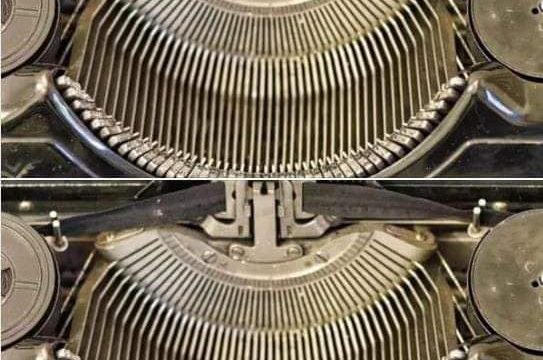
The Timeless Appeal of Vintage Hand Crank Grinders: Craftsmanship in a Modern World
The vintage hand crank grinder is a fascinating relic that showcases the resourcefulness and skill of past generations. This manual device, which was once commonplace in kitchens and workshops, carries with it a storied past and deep cultural significance. By examining its history, usage, and legacy, we can gain a deeper appreciation for its practical applications and lasting influence.
A Glimpse Into the Past
The history of the hand crank grinder dates back to the late 19th and early 20th centuries. As industrialization transformed households and workspaces, innovations like the hand crank grinder emerged to meet new needs. These grinders were designed to process materials like coffee beans, grains, and spices, offering a practical solution that was both effective and simple to use. Crafted from durable materials such as cast iron and wood, these grinders were a testament to the quality and craftsmanship of their time, standing up to years of continuous use.
Practical Use in Daily Life
Hand crank grinders were celebrated for their versatility and reliability. In homes, they were commonly used to grind fresh coffee beans, providing the rich aroma and taste of freshly ground coffee each morning. In workshops, they served a different purpose—helping to sharpen tools or grind down metal and other materials. The manual operation of the hand crank grinder required physical effort, but it allowed for an exceptional level of control and precision that was often absent from mechanized tools. The steady, controlled grinding process ensured that the results were exactly as intended, making it a favored tool for both kitchen and workshop tasks.
A Lasting Legacy
The legacy of the vintage hand crank grinder extends well beyond its utility. It represents a time when manual labor and craftsmanship were held in high regard, and when self-sufficiency was not just a choice but a necessity. Its enduring appeal lies not only in its function but also in the nostalgia it evokes. Many enthusiasts and collectors today treasure these grinders as artifacts of a simpler time. Restored versions are often proudly displayed as decorative pieces or put to use in modern kitchens and workshops, adding a touch of rustic charm.
The influence of these grinders is evident even in today’s world. Many of the design elements that made hand crank grinders so effective can still be seen in modern electric grinders and food processors. Though technology has made many processes quicker and more convenient, the fundamental principles of a well-crafted grinding tool—durability, precision, and quality—remain largely unchanged. For those who appreciate traditional craftsmanship, the hand crank grinder stands as a reminder of the value of hands-on skills and the rewards that come with creating something with care.
Conclusion
The vintage hand crank grinder is much more than a simple tool from a bygone era. It embodies the craftsmanship, resourcefulness, and value of quality that characterized earlier times. Its continued popularity—whether as a collector’s item or as a functional kitchen tool—serves as a testament to the enduring appeal of traditional craftsmanship. In a world increasingly dominated by technology, the hand crank grinder remains a symbol of the beauty found in simplicity and the pride taken in hands-on labor.





